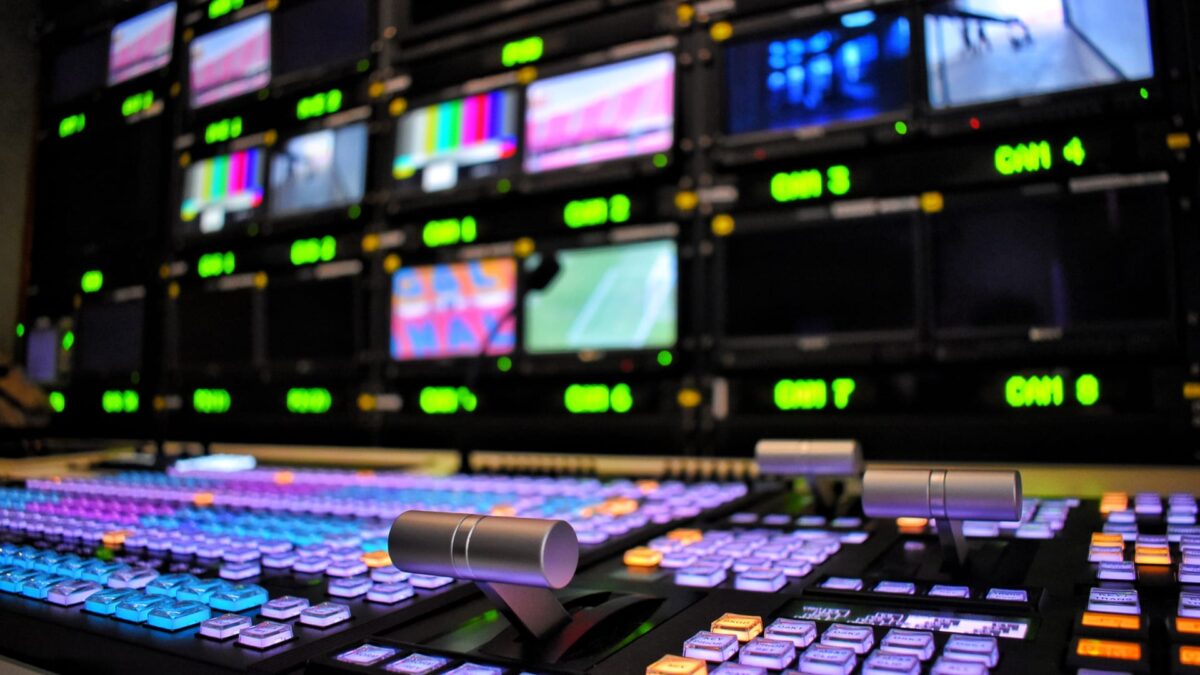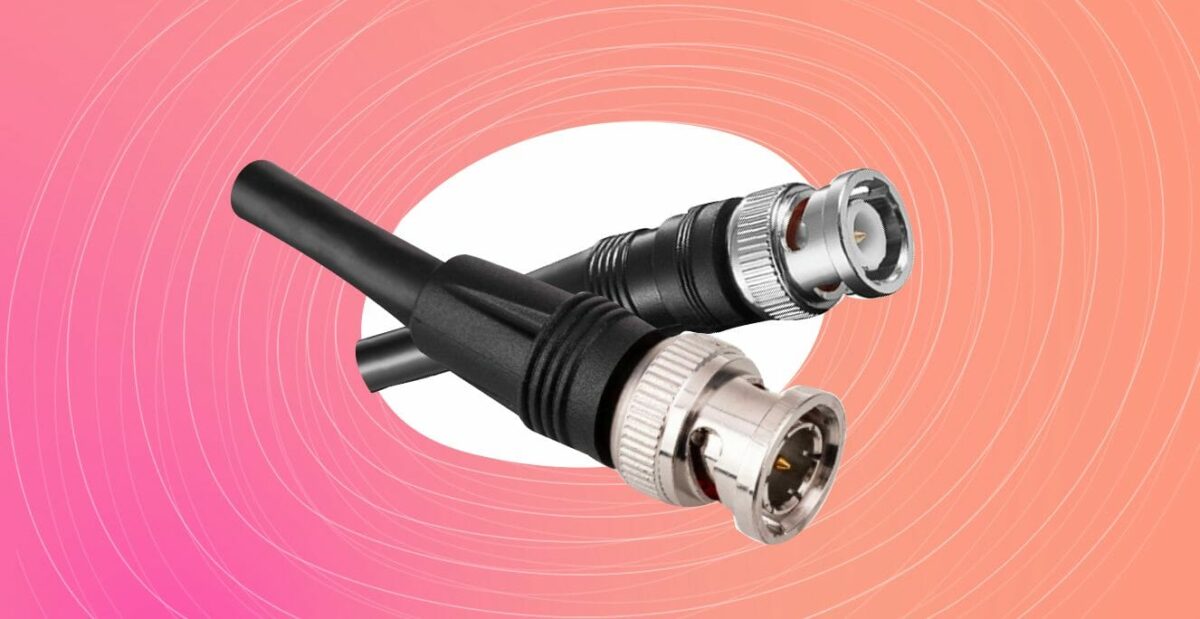Embracing the Future of Broadcasting: What comes after SDI?
The prominent buzzword at the 2024 NAB Show was Artificial Intelligence (AI). Still, if you look beyond the vast AI offerings, you will notice that the broadcasting industry is witnessing a significant transformation in infrastructure. The industry is moving from traditional infrastructure models to more flexible, IP-based solutions. This results in leaner and easily scalable systems that are ready to bridge the gap between true software-based solutions and newly imagined workflows. The SMPTE ST 2110 family of standards and Network Device Interface (NDI) technology are at the forefront of this revolution. These IP-based transport solutions redefine how content is created and delivered and shape the future of production. These changes involve adopting and merging long-standing IT-based technologies with new media technologies and workflows. For those familiar with the concepts of SMPTE ST 2110 and NDI but new to their practical application, here’s a look at implementing these technologies effectively.
Understanding SMPTE ST 2110 in Practice
The SMPTE ST 2110 family of standards offers a robust IP-based broadcasting framework, separating video (uncompressed or compressed), audio, and metadata into different essence streams. This separation is crucial for enhancing the flexibility and scalability of broadcast operations. It’s important to remember that ST 2110 is a media data-plane transport protocol based on RTP (Real-Time Transport Protocol) for sending media over a network. The network, Typically called a media fabric, is the infrastructure, but it’s not uncommon to refer to the combined protocol and the media fabric as ST 2110.
Key Considerations for Implementation:
- Infrastructure Needs: Transitioning to ST 2110 requires a network infrastructure or media fabric capable of handling high bandwidth flows with low latency for high-quality video and audio transmission. Implementing a robust IP network with sufficient switches and routers designed for media-centric transmission is essential. Most media fabric designs will utilize fiber optic cabling due to the higher bandwidth requirements. A fabric can utilize single-mode or multimode, but it’s becoming more mainstream to prioritize single-mode fiber.
- Timing and Synchronization: Unlike the baseband world, where timing is inherent, IP systems require precise synchronization. Implementing Precision Time Protocol (PTP) as per SMPTE ST 2059 standards ensures that all devices in the network are synchronized, which is critical for maintaining audio and video alignment. Most broadcast and production facilities use a GPS signal from roof-based antennas feeding a reference signal generator. That generator is then connected to the media fabric to allow the distribution of PTP.
- Multicast Management: A cornerstone of effective SMPTE ST 2110 deployments, enabling broadcasters to utilize network resources efficiently while ensuring the high quality and timely delivery of audio and video streams. Unlike unicast, which requires individual streams for each endpoint, multicast allows multiple endpoints to receive the same stream simultaneously, dramatically reducing the bandwidth requirements for distributing the same content to multiple locations.
Integrating Network Device Interface (NDI) into Live Productions
NDI complements IP workflows by providing a versatile and low-latency compressed method for video transmission over IP networks. It is particularly beneficial in live production environments where speed and flexibility are paramount. NDI is software-centric and relies on video compression to move media across existing or lower-bandwidth network fabrics efficiently, compared to ST 2110-20, which requires a dedicated high-bandwidth network for uncompressed video.
Practical Steps for NDI Integration:
- Network Configuration: Ensure your network can handle NDI’s bandwidth requirements. NDI can run over existing 1 Gigabit networks, but 10 Gigabit infrastructure is recommended for handling multiple high-quality streams without compromise.
- Software and Hardware Compatibility: Check your existing production software and hardware compatibility with NDI. Many modern manufacturers support NDI natively; however, interface devices like converters and gateways can bridge gaps with non-NDI-compatible hardware.
- Workflow Optimization: Use NDI’s capabilities to streamline your workflow. For example, with a free software download, NDI tools can monitor and record feeds directly from the network without specialized hardware. NDI’s software-focused approach makes workflow optimization simple and allows for a wide variety of tools from third parties. This setup can significantly reduce the complexity and cost of live productions such as corporate town halls, religious gatherings, and sporting events.
Adapting to Industry Changes with Flexible IP Technologies
The shift towards technologies like ST 2110 and NDI is driven by their potential to create more dynamic, scalable, and high-value production environments. As the industry adapts, the flexibility of IP-based solutions becomes increasingly critical.
IP greatly enhances remote production capabilities allowing broadcast teams to manage and coordinate productions from multiple locations, reducing the need for extensive on-site personnel and equipment. This shift cuts down on logistical costs and enables a more agile response to changing production requirements.
Moreover, integrating ST 2110 or NDI into broadcast infrastructures is also a strategic move towards future-proofing. These technologies are designed to accommodate future video and audio technology advancements, including higher resolutions, emerging media formats, and immutable software infrastructure. By embracing these standards and systems now, organizations are better prepared to adapt to new trends and innovations, ensuring their systems remain relevant and highly functional in the evolving media landscape.
In conclusion, practical integration into existing systems can unlock unprecedented flexibility and efficiency for broadcasting professionals familiar with the theoretical aspects of SMPTE ST 2110 and NDI. By focusing on proper network infrastructure, synchronization, and compatibility, broadcasters can harness the full potential of these IP-based technologies to revolutionize their production workflows, making broadcasts more adaptable and future-ready. As the industry continues to evolve, embracing these changes will be key to staying competitive and meeting the increasingly complex demands of audiences worldwide.









